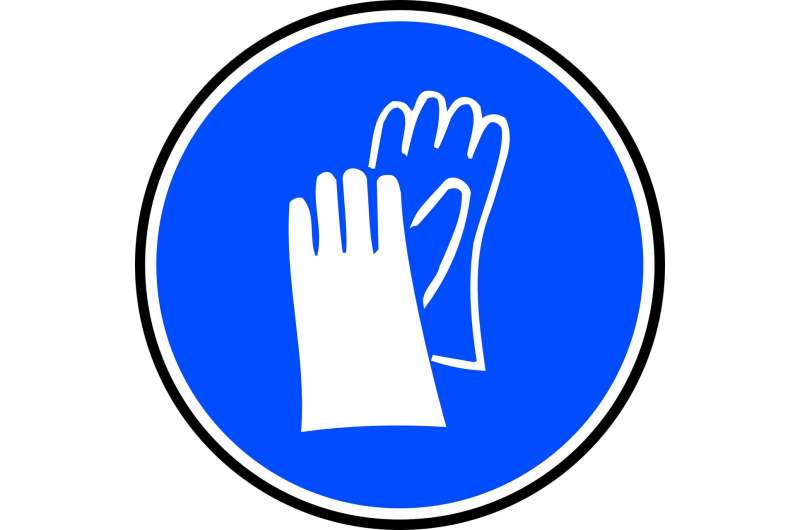
Routine screening of asymptomatic health care personnel (HCP) in the absence of confirmed exposures to COVID-19 is not a recommended strategy for preventing transmission of the coronavirus causing the current global pandemic, according to a new review co-authored by an infectious disease specialist at Massachusetts General Hospital (MGH). The review, published in Infection Control & Hospital Epidemiology, found that such testing is unlikely to affect the transmission of SARS-CoV-2 in health care settings and could even have unintended negative consequences.
Many universities, sports leagues and other institutions require individuals in their organization to undergo routine testing for COVID-19, whether or not they are experiencing symptoms. Current public health recommendations are to test individuals with symptoms consistent with COVID-19 and those with confirmed exposures. At MGH and across the Mass General Brigham health system, asymptomatic employees are provided access to testing when it is required (such as for travel), but routine surveillance of health care personnel has not been pursued. “People were constantly asking: If sports teams and local universities are doing routine asymptomatic surveillance, why aren’t we doing this in health care? Wouldn’t it make care for our patients safer?” says Erica S. Shenoy, MD, Ph.D., associate chief of the Infection Control Unit at MGH, who co-authored the review with David Weber, MD, MPH, professor of medicine in the division of Infectious Disease at the University of North Carolina.
Shenoy learned that her colleagues at other hospitals were being asked the same question, so she and Weber performed a focused review of health-care-associated transmission as well as what is known about the frequency of infection among asymptomatic health care providers, addressing the common questions they had received:
- What portion of asymptomatic HCP have undiagnosed COVID-19 infections?
- Do asymptomatic HCP with undiagnosed COVID-19 pose an infection risk to patients?
- Do patients with undiagnosed COVID-19 pose an infection risk to HCP?
Shenoy and Weber compiled data from MGH’s voluntary testing program as well as several other hospitals that had either screened or made COVID-19 testing available to asymptomatic health care personnel. Infection rates ranged from 0.2% to 0.4% (i.e., 1 in 250 to 1 in 500). “That’s quite low,” says Shenoy. MGH’s asymptomatic on-demand testing program continues, and the frequency of positive COVID-19 tests in health care personnel prevalence has remained below 1%. “This low prevalence means that in a routine surveillance approach, you would have to test a lot of people in order to detect one asymptomatic case.” Given the low frequency of positive tests, the possibility of false positive results is a concern, and Shenoy and Weber describe how facilities considering routine surveillance must consider whether confirmatory testing would be used to address the possibility of false-positive results. “This is the most comprehensive paper to review publicly available results for routine COVID-19 testing of asymptomatic health care providers,” says Weber.
Meanwhile, a negative test result should have no impact on a HCP’s day-to-day actions, says Shenoy, who is also an assistant professor of Medicine at Harvard Medical School. “Being negative today doesn’t change anything that we do in the hospital,” she says. “If I test negative today, I’m still wearing my surgical mask at work and my cloth mask when out and about outside of work. I’m still physically distancing and doing my symptom monitoring.” Yet it’s possible, she adds, that health care providers who test negative may change their behavior and relax their guard outside of the clinical setting, such as not wearing a face covering in hospital breakrooms or choosing to attend gatherings outside of work.
The literature suggests that the risk of health care personnel and patients transmitting the coronavirus to one another is very low when effective safety protocols such as wearing masks, testing when indicated, and screening symptomatic patients are followed. Reported instances of health care personnel acquiring infection through exposures to patients show overall low risk of transmission; similarly, risk to patients from asymptomatic infected health care providers has also been reported to be low, highlighting the efficacy of current protocols, Shenoy and Weber found.
Source: Read Full Article
